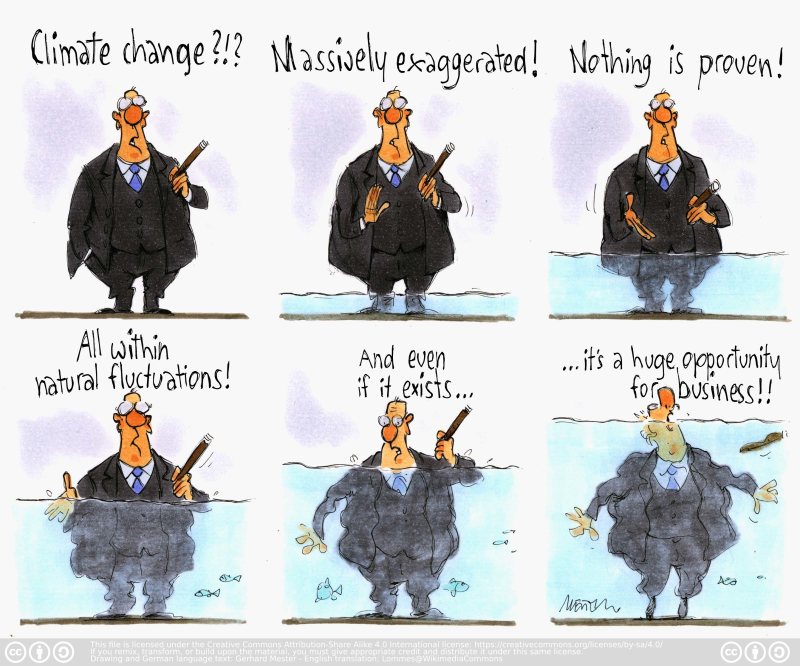Social media presents significant challenges for identifying reliable information, especially for students learning to think critically. Content on platforms like TikTok, Instagram, and X (formerly Twitter) is often shared quickly and widely. This can make it difficult to tell what is accurate and what is misleading. Posts may go viral based on emotion, popularity, or personal opinion rather than evidence. Unlike scientific journals or reputable news outlets, social media posts are rarely fact-checked before being published. Anyone can share information regardless of their qualifications. This leads to a mix of trustworthy content, half-truths, and outright lies.
So how do students identify which sources of information they can trust?
The TRAAP method is a useful strategy for evaluating the quality and reliability of scientific information by focusing on five key criteria: Timeliness, Relevance, Authority, Accuracy, and Purpose.
- Timeliness considers whether the information is up to date, which is especially important in science, where new discoveries can quickly make older data outdated.
- Relevance checks if the information is directly related to your scientific topic or research question. Is this source too basic or advanced for what you are investigating?
- Authority looks at the author’s or publisher’s qualifications—scientific sources should come from experts in the field or reputable institutions. A researcher who works in marine biology will not necessarily have valid knowledge of astrophysics.
- Accuracy involves checking whether the information is supported by scientific evidence, such as data, experiments, or peer-reviewed research. Can the data be cross-checked elsewhere?
- Purpose helps identify why the information was published—whether it aims to inform using objective evidence, or if it has bias, like promoting a product or opinion.
A student example applying the TRAAP method to the following two resources is shown below.
| Source | 
Lommes (2013, English translation published 2023), CC BY-SA 4.0, via Wikimedia Commons | 
Hannah Ritchie, Pablo Rosado, and Max Roser (2023). CO₂ and Greenhouse Gas Emissions. Published online at OurWorldinData.org. Retrieved from <https://ourworldindata.org/co2-and-greenhouse-gas-emissions> |
| Timeliness – Check if the information is current. Science changes fast. | Cartoon published in 2013 | Page is updated annually |
| Relevance – Make sure it directly relates to your topic or question. | Key idea: Sea levels are rising | Key idea: Increased greenhouse gas emissions are the primary driver for climate change. |
| Authority – Use sources from qualified experts or reputable institutions. | A cartoon by a German caricaturist | Contributors to this page include authors with qualifications in data analytics, geosciences, and climate change. |
| Accuracy – Look for data or research evidence that can be verified elsewhere. | No data or references provided. | All data is referenced. |
| Purpose – Identify why it was published. Is it informing or pushing an opinion? | Opinion | Inform |
Discuss with your colleagues
Contrast the two example blog posts below.
Use the TRAAP method to identify why one source is reliable and the other is not.
Discuss how you could systematically introduce the TRAAP method across your department or school.
Blog post 1: "Why Climate Change Is Just a Natural Cycle – No Need to Worry!"
Posted on: March 12, 2013
Author: John D., Self-Proclaimed Weather Enthusiast
Source: myweathertruths.blogspot.com
People are always panicking about climate change, but the truth is, it’s just part of Earth’s natural cycle. Temperatures have always gone up and down over time—this is nothing new. Scientists and the media are just trying to scare us so they can get more funding and control our lives.
I’ve been watching the weather for years, and I’ve noticed no major changes in my area. In fact, last winter was colder than usual! If the planet is really warming, shouldn’t we be getting hotter every year?
Don’t believe the hype. Climate change is just another government-made crisis to create fear and regulations. We don’t need fancy degrees to see what’s really going on—just use common sense.
Blog post 2: "How Climate Change Is Affecting Coral Reefs: What the Science Says"
Posted on: July 10, 2024
Author: Dr. Emily Santos, Marine Biologist
Source: US National Science Foundation: Division of Ocean Sciences Blog (https://www.nsf.gov/geo/oce)
Coral reefs, often called the “rainforests of the sea,” are under increasing threat due to climate change. Over the past three decades, rising ocean temperatures have caused widespread coral bleaching, where corals lose the algae that provide them with food and vibrant colour.
According to a 2018 report by the Intergovernmental Panel on Climate Change (IPCC), nearly 70-90% of coral reefs could disappear if global temperatures rise by just 1.5°C above pre-industrial levels. The warming oceans, combined with increased ocean acidification, are stressing coral ecosystems at an alarming rate.
However, there is hope. Scientists around the world are working on coral restoration projects and breeding more heat-resistant coral species. These efforts, while still in development, could play a critical role in preserving biodiversity.
To learn more, explore peer-reviewed studies from Nature Climate Change and the latest data from IPCC’s Global Warming of 1.5 °C.
References
Australian National University. (2020). LibGuides: Evaluating sources: The TRAAP Test. Libguides.anu.edu.au. https://libguides.anu.edu.au/c.php?g=906019&p=6594267
